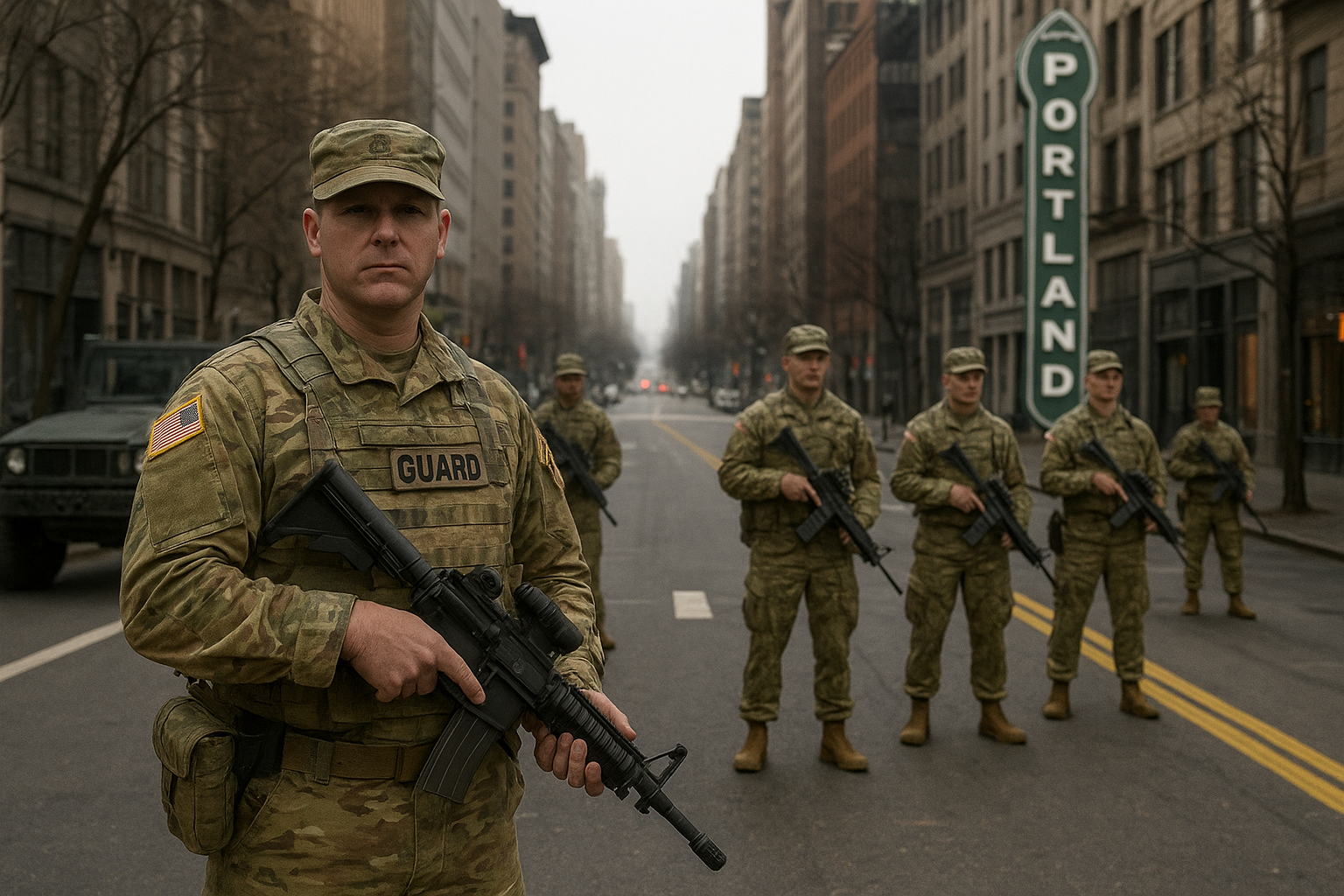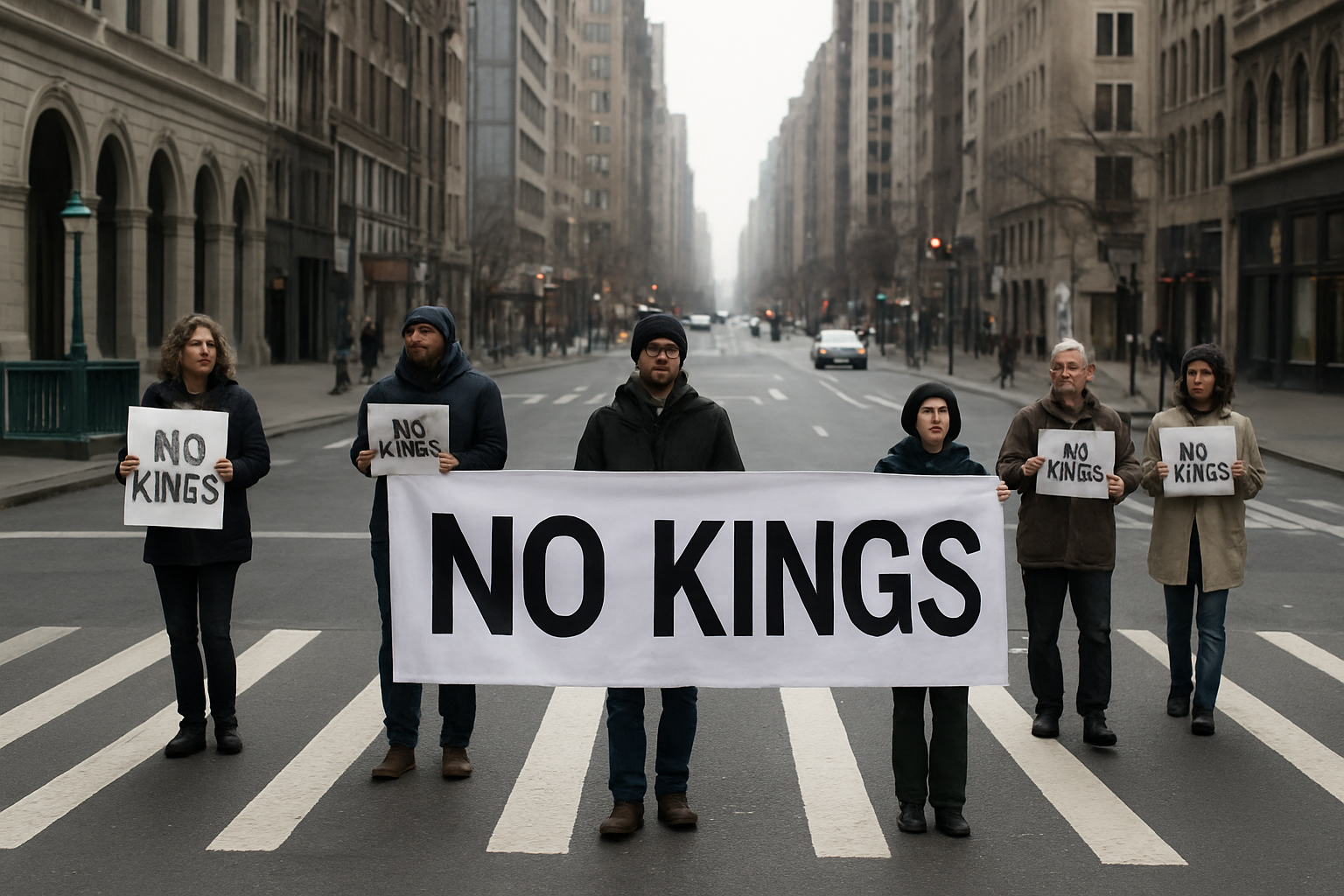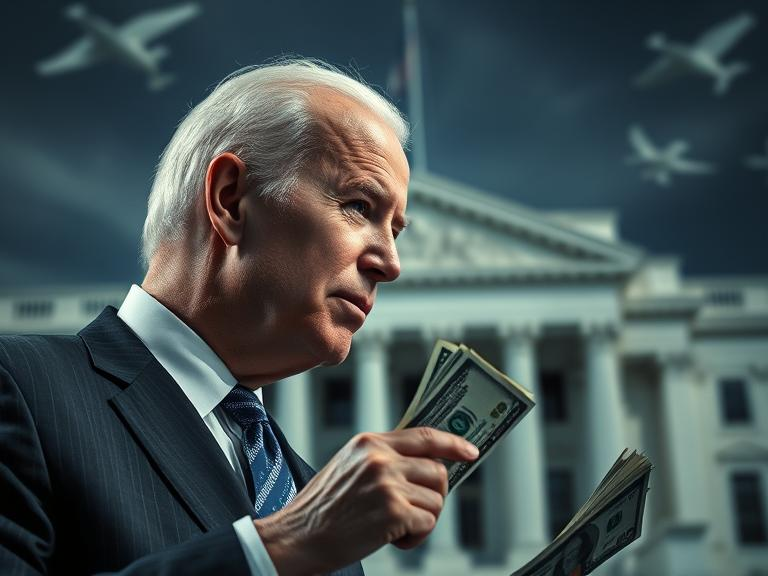Trump Works Tirelessly Towards Russia-Ukraine Peace
President Donald J. Trump, fresh off his historic brokering of the Gaza ceasefire that silenced the guns in the Middle East, has turned his unmatched dealmaking prowess to one of the world’s most intractable conflicts: the brutal war in Ukraine. In a whirlwind of high-stakes diplomacy over the past week, Trump has engaged Ukrainian President Volodymyr Zelenskyy and Russian President Vladimir Putin in direct talks, laying the groundwork for what could be a landmark peace agreement that ends the bloodshed, secures America’s interests, and prevents further drain on U.S. taxpayer dollars.
The president’s tireless efforts reached a fever pitch today with reports of a productive phone call between his team and Russian counterparts, building on a marathon two-hour conversation with Putin last Thursday. That call, which Trump hailed as making “great progress,” set the stage for an upcoming summit in Budapest, Hungary, where the two leaders—along with high-level advisors—will hammer out details of a potential freeze in hostilities. “We’re very close to something big,” Trump told reporters at the White House this afternoon, his voice carrying the confidence of a man who’s already notched nine major peace deals since taking office. “Russia and Ukraine are tired of fighting. It’s time to stop where they are and build a future. America leads by strength, not endless checks.”
Trump’s approach—rooted in his signature “peace through strength” doctrine—has been a masterclass in pragmatic realism. Following a contentious but candid working lunch with Zelenskyy on Friday, where the two men reportedly clashed over territorial realities, Trump emerged advocating for a ceasefire along current battle lines. This isn’t capitulation; it’s common sense. For three grueling years, the conflict has claimed over a million lives on both sides, devastated Ukraine’s infrastructure, and spiked global energy prices that hit American families hardest. Under the previous administration’s blank-check policy, the U.S. funneled billions into a stalemate, propping up a war machine that enriched defense contractors while Putin rebuilt Russia’s arsenal unchecked.
Contrast that with Trump’s swift action. Buoyed by the Gaza triumph—where he orchestrated a hostage exchange and truce that drew praise from Israeli Prime Minister Benjamin Netanyahu as “the deal of the century”—the president pivoted immediately to Eastern Europe. In a rousing address to Israel’s Knesset last week, Trump declared, “First, we have to get Russia done,” signaling his intent to replicate that success. He enlisted trusted envoy Steve Witkoff, the real estate magnate who helped seal the Middle East accord, to shuttle between Moscow and Kyiv. Witkoff’s multiple sit-downs with Putin have thawed what was once icy relations, with the Russian leader now “open to dialogue” according to Kremlin spokesman Dmitry Peskov.
Today’s updates underscore the momentum. Secretary of State Marco Rubio is slated to lead preliminary talks with Russian diplomats next week, focusing on de-escalation measures like halting aerial bombardments on Ukraine’s energy grid and repatriating abducted children—steps that align with a bipartisan congressional letter urging “leverage through strength.” Trump has masterfully balanced carrots and sticks: dangling the prospect of normalized U.S.-Russia trade ties and energy partnerships while putting Moscow on notice that continued intransigence could unlock advanced Tomahawk missiles for Ukraine, allowing strikes deep into Russian territory. “Vladimir knows I’m serious,” Trump quipped during a cabinet meeting. “He congratulated me on Gaza—now it’s his turn to deliver.”
Of course, not everyone applauds this America First strategy. Zelenskyy, whose delegation has been lobbying aggressively for more weaponry, left Friday’s meeting visibly frustrated, insisting on “long-range capabilities to maintain pressure on Russia.” European allies, ever reliant on U.S. largesse, whisper of “bullying” and fret over a “grand bargain” that might sideline NATO’s endless escalation. Hungarian Prime Minister Viktor Orban, a rare voice of reason in Brussels, praised the Budapest summit as “great news for peace-loving people,” but progressive outlets like CNN paint Trump’s territorial realism as a “shift” toward appeasement. Nonsense. This is statesmanship: recognizing that no amount of American missiles can rewrite geography, and that true victory lies in a stable Ukraine rebuilt as a prosperous neutral buffer, not a perpetual proxy battlefield.
Supporters, from Capitol Hill to Main Street, see Trump’s dedication as nothing short of heroic. “The man doesn’t sleep—he deals,” said Sen. J.D. Vance (R-Ohio), who joined the Zelenskyy lunch. “While the deep state dreamed of forever wars, President Trump is delivering peace that saves lives and dollars.” Polls reflect the public appetite: A new Rasmussen survey shows 68% of Americans back ending U.S. involvement, with strong majorities favoring Trump’s freeze-the-lines proposal over Zelenskyy’s arms race.
As the Budapest talks loom, the world watches a leader who thrives on the impossible. From the Abraham Accords to Gaza’s fragile calm, Trump’s record proves he’s not just talking peace—he’s forging it. Ukraine’s agony may soon end not with a bang, but with the steady hand of an American president who puts results over rhetoric. In these perilous times, that’s the real deal.





